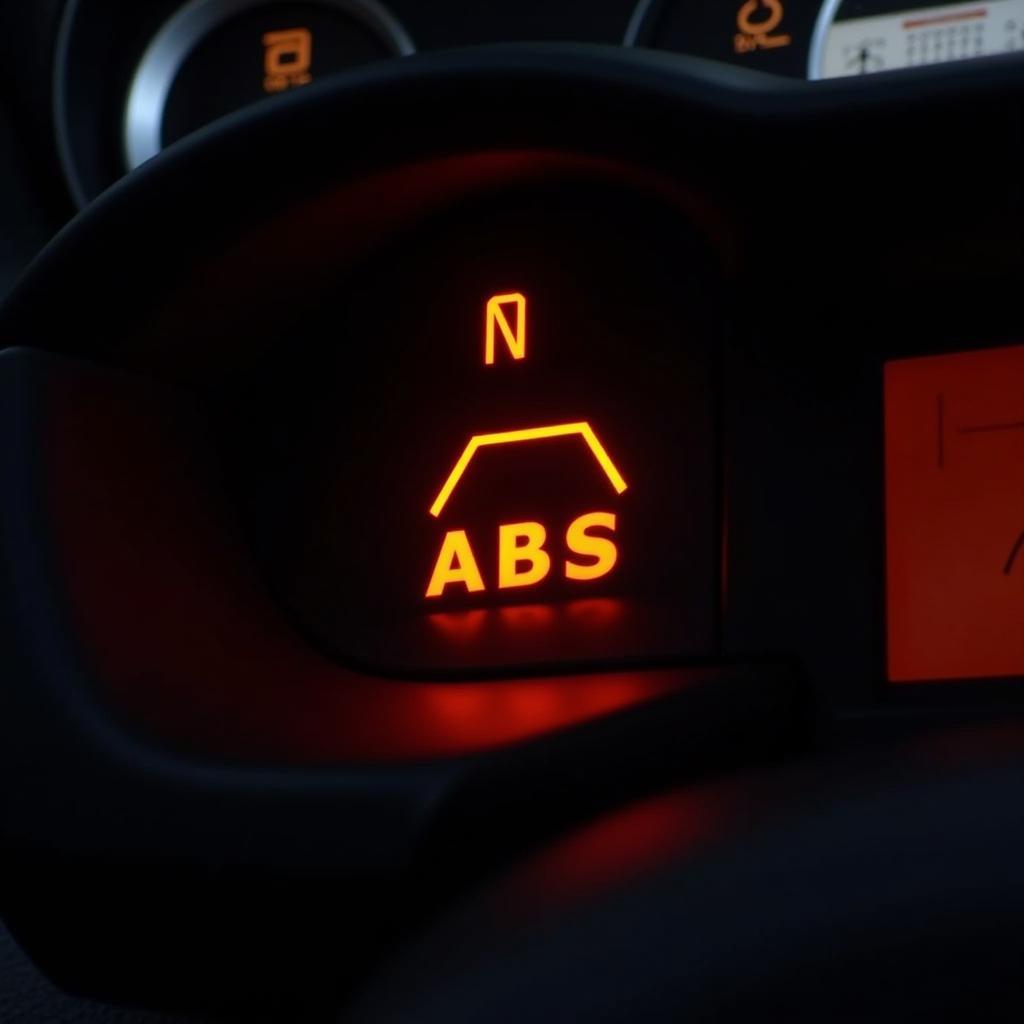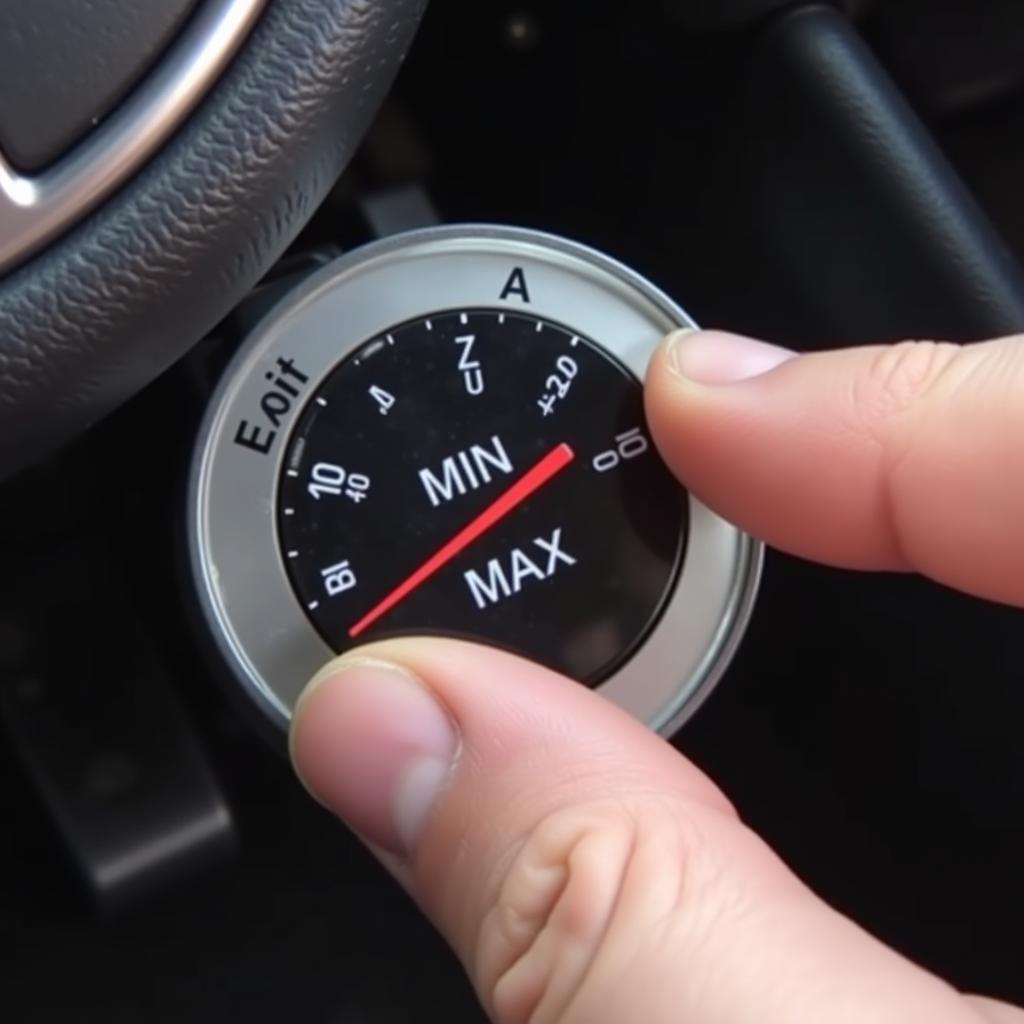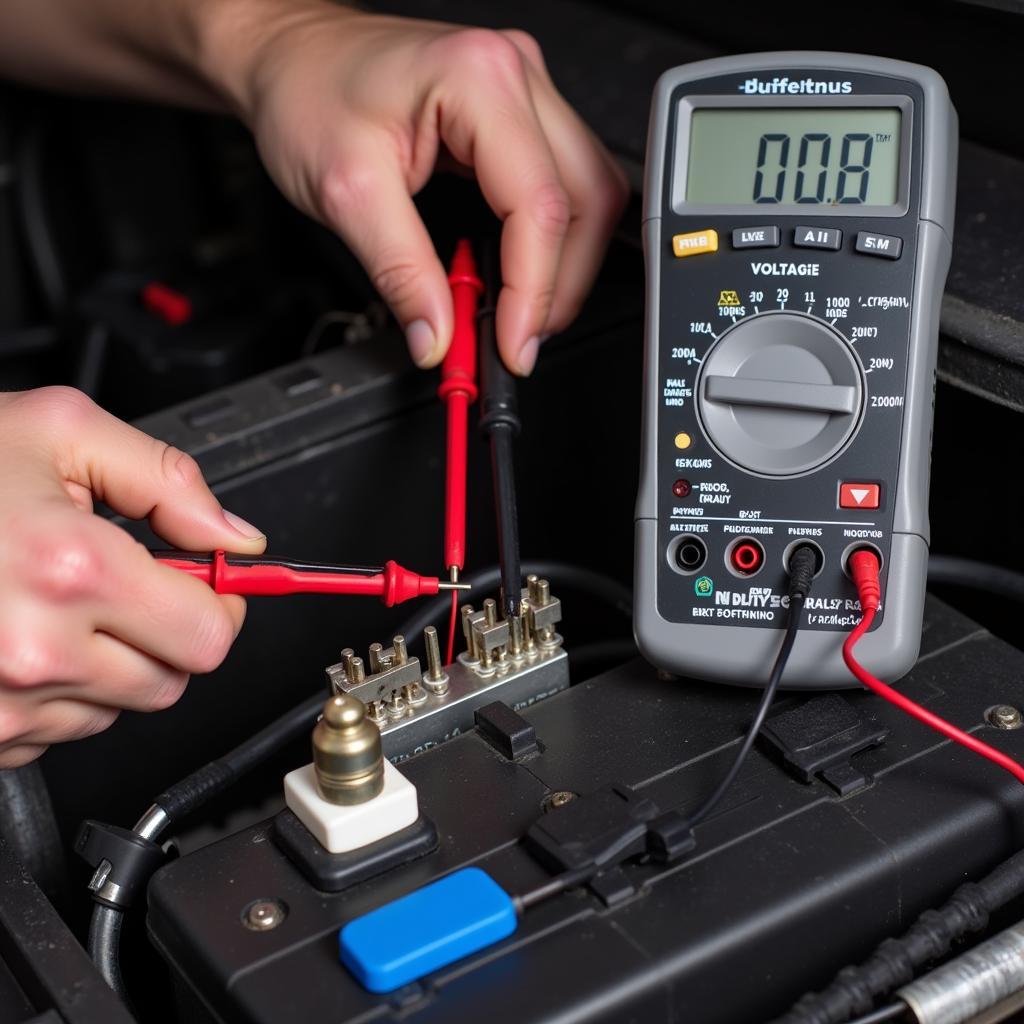The anti-lock brake warning light, often illuminated as “ABS” or an encircled “ABS”, is your vehicle’s way of signaling a potential issue with its Anti-lock Braking System (ABS). While an illuminated ABS light might induce panic, understanding why this light stays on and knowing what steps to take can save you from unnecessary stress and potentially hazardous driving situations.
This comprehensive guide delves into the common causes of a persistent anti-lock brake warning light and equips you with the knowledge to address them.
Understanding the Importance of your Anti-lock Brake System
Before we jump into the causes and solutions, it’s crucial to grasp why the ABS system is so vital to your safety:
- Prevents Wheel Locking: The core function of your ABS is to prevent your wheels from locking up during sudden braking. This is particularly crucial on slick surfaces where locked wheels can lead to skidding and loss of control.
- Enhances Steering Control: By ensuring your wheels maintain traction, the ABS system allows you to steer your vehicle away from danger even during hard braking.
- Reduces Stopping Distance (in some cases): While not always the case, a properly functioning ABS can contribute to shorter stopping distances, especially on slippery roads.
Why Your Anti-Lock Brake Warning Light Stays On: Common Culprits
When your anti-lock brake warning light illuminates and refuses to budge, it’s usually an indication of one or more of these issues:
-
Faulty ABS Wheel Speed Sensor: One of the most frequent offenders is a malfunctioning wheel speed sensor. These sensors, typically located near the wheel hub, monitor wheel rotation speed. When a sensor fails or gets clogged with debris, it can disrupt the ABS system’s ability to function correctly.
-
Damaged ABS Tone Ring: An ABS tone ring is a toothed ring usually mounted on a wheel bearing. The wheel speed sensor uses this ring to detect wheel speed. If the tone ring gets damaged or becomes misaligned, it can trigger the warning light.
-
Worn Out Brake Pads: While not directly related to the ABS system, excessively worn brake pads can indirectly trigger the warning light. This is because thin brake pads can affect the wheel speed sensor readings, leading to false signals.
-
Low Brake Fluid Level: Low brake fluid is a serious issue that can illuminate both your ABS and general brake warning lights. Insufficient brake fluid can hinder the hydraulic pressure required for proper braking, including ABS activation.
-
Issue with the ABS Module: In some cases, the problem might stem from a faulty ABS control module. This electronic component acts as the brain of the system, receiving signals from sensors and regulating brake pressure. A malfunctioning module can disrupt the entire system.
 Car Dashboard Showing ABS Warning Light
Car Dashboard Showing ABS Warning Light
What to Do When Your Anti-Lock Brake Warning Light Stays On
Facing a persistent ABS warning light can be unnerving, but here’s a step-by-step guide on how to approach the situation:
-
Don’t Panic, But Do Proceed with Caution: While a glowing ABS light doesn’t mean your brakes have failed completely, it does signal a compromised system. Avoid hard braking and be extra cautious, particularly on wet or slippery surfaces.
-
Check Your Brake Fluid Level: As low brake fluid is a serious issue, start by inspecting the brake fluid reservoir. If the level is low, add the appropriate brake fluid (refer to your vehicle’s owner’s manual). However, if you notice a consistent need to top up brake fluid, it indicates a leak that requires immediate professional attention.
-
Inspect the ABS Wheel Speed Sensors and Wiring: If you’re comfortable with basic car maintenance, you can visually examine the ABS wheel speed sensors behind each wheel. Look for any visible damage, debris, or loose connections. If you notice a damaged sensor or wiring, replacement is usually the solution.
 Mechanic Inspecting ABS Wheel Speed Sensor on a Car
Mechanic Inspecting ABS Wheel Speed Sensor on a Car
-
Consider Remote Diagnostics and Programming: In today’s technologically advanced world, remote diagnostic and programming services are becoming increasingly common. These services allow skilled technicians to remotely access your vehicle’s computer system, diagnose the issue, and even reprogram certain modules – all without you having to visit a repair shop. This can be a convenient and often more affordable option for addressing ABS warning light issues.
-
Seek Professional Help: If you’ve exhausted basic troubleshooting steps or suspect a more complex issue like a faulty ABS module, it’s time to call in the professionals. Experienced mechanics have specialized diagnostic tools to pinpoint the exact cause of the problem and perform necessary repairs.
Can I Still Drive with the ABS Light On?
Technically, you can still drive with the ABS warning light illuminated, but it’s strongly discouraged. Remember, a triggered ABS light means your Anti-lock Braking System is compromised. This means you’ll need to apply braking the old-fashioned way – smoothly and carefully, without the aid of ABS intervention.
A Word from Expert Mechanic, John Miller:
“I’ve seen countless cases where drivers ignore the ABS warning light, thinking it’s a minor inconvenience. But this negligence can have serious consequences. Remember, your ABS is a critical safety feature, and driving without it, especially on slick roads, significantly increases the risk of accidents.”
Preventing Future ABS Warning Light Issues
While not all ABS problems are preventable, these proactive measures can help minimize the chances of encountering this issue:
-
Regular Brake Inspections: Make it a habit to inspect your brake system, including the brake fluid level, pads, and rotors, at least every six months or as recommended in your vehicle’s maintenance schedule.
-
Careful Driving Habits: Avoid hard braking whenever possible. Smooth and controlled braking not only reduces wear and tear on your braking system but also minimizes the chances of triggering ABS-related issues.
-
Address Warning Lights Promptly: Never ignore any dashboard warning lights, especially those related to your braking system. Promptly addressing potential issues can prevent minor problems from escalating into major, costly repairs.
 A car driving safely on a winding road, symbolizing the importance of a functioning ABS system
A car driving safely on a winding road, symbolizing the importance of a functioning ABS system
Conclusion
A persistently illuminated anti-lock brake warning light is your car’s cry for attention. While it might be tempting to dismiss it, addressing the underlying issue promptly is crucial. By understanding the common causes, taking appropriate troubleshooting steps, and seeking professional help when needed, you can ensure your vehicle’s braking system stays in top shape, keeping you safe on the road. Remember, when it comes to brakes, it’s always better to err on the side of caution.


